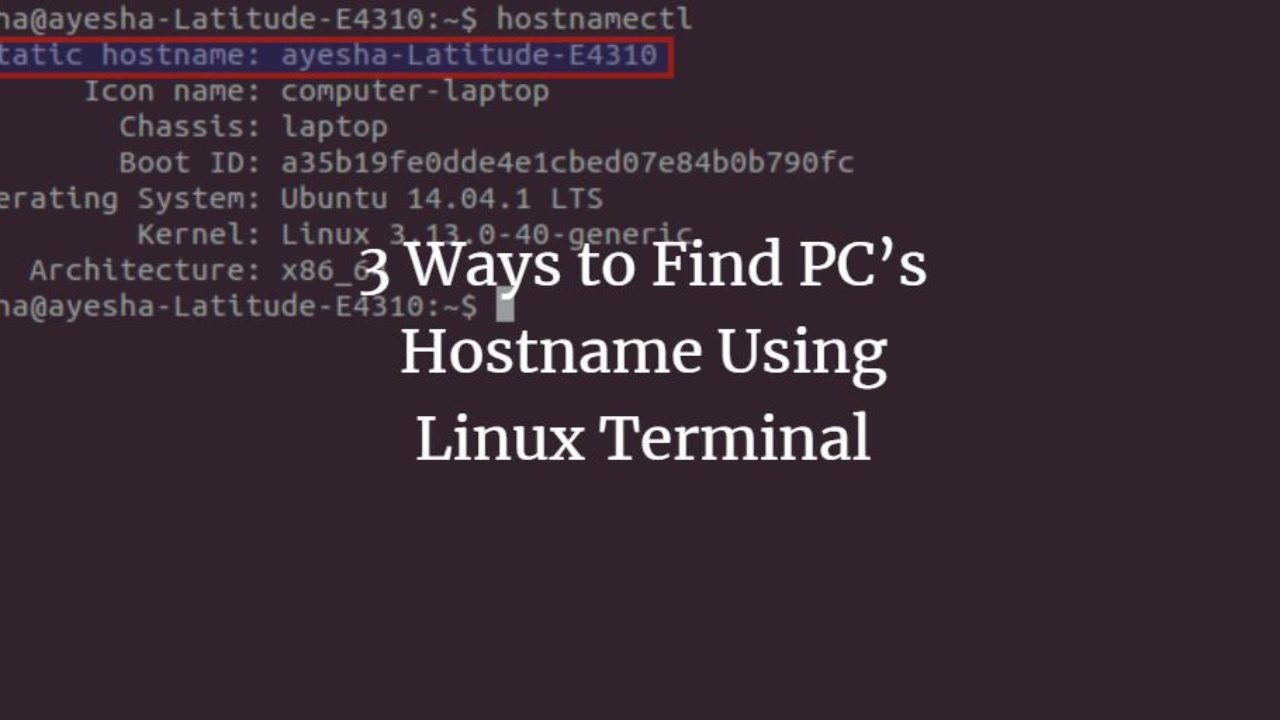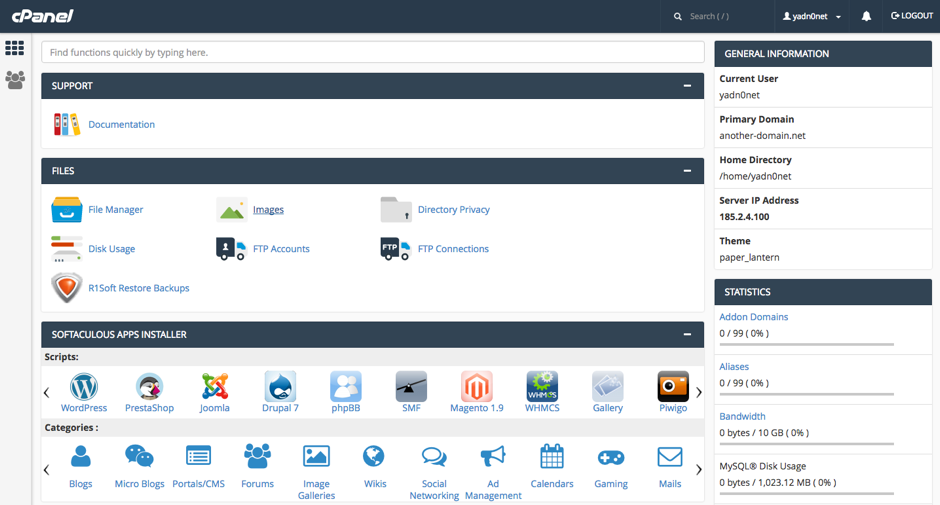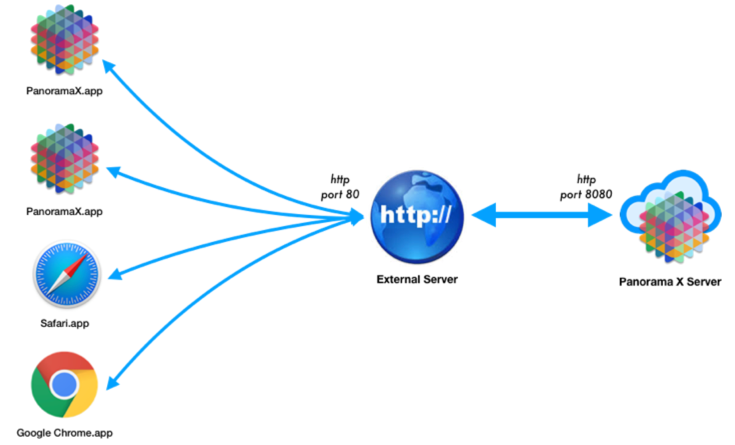
Ports are an essential computer networking feature. They allow computers to send and receive data over the network. Ports allow files to be transferred and enable the computer to access external hardware, such as printers or other devices. They are also responsible for understanding and recognizing data that is being transferred from one device, to the next.
A port can be a physical or virtual connection point. The motherboard of the computer is where the physical ports are located. Virtual ports can be defined by software. These virtual ports allow computer and router programs to share resources like memory and processors. Operating systems manage the network traffic when a program uses a virtual interface. You can add a port to your motherboard by inserting an extension card.
Although ports are more secure than other methods to transmit data, they can still be accessed securely. They are more efficient at connecting devices and communicating with them. The number, or number of applications that are being run on a computer's ports depends on how many of them they have. There are several types of ports. Each port serves a different purpose. Some ports are reserved for specific protocols. Others are for general use by applications.

Computers use a standard set protocol for communicating on the network. This includes Transmission Control Protocol, User Datagram Protocol and Hypertext Transmit Protocol (HTTP). Each protocol has well-known ports that can transfer data. A web server will send all HTTP traffic to port 80. A file transfer application will bind to port 21, in the same manner.
A port number can be used to identify an application running on a computer. The operating system can provide the port number for an application. Or, the hardware can assign it automatically. It is important to use a port number to identify an application, as not all applications are the same.
A port is usually 16-bit unsigned integer numbers. Every application on a computer is assigned a unique port. It's not uncommon for a computer having more than one open port. An operating system can assign a port automatically to a particular program or choose one for a specific service.
As the Internet becomes more popular, so does our need for network ports. There are currently 65,535 TCP ports available worldwide. Historically, the most common services have been identified by the lowest-numbered ports, while the highest-numbered ones are available for use by general applications. As the address space gets smaller, IPv4 is being replaced by IPv6.

It is not necessary for a computer system to have network ports. However, they do help the computer understand the information being transferred to and from other hardware. This means that the computer can be used in multiple applications without needing to buy additional hardware.
One of the main reasons for using a port is remote access. Remote access can be accomplished by using a Port Forwarding Method. A device is connected to another computer via a remote connection and its IP addresses are made available to other computers on the local area network. Remote Desktop Protocol can also be used to allow remote access to desktop computers.
FAQ
Can I use HTML & CCS to build my website?
Yes, you can! You'll need to be familiar with web design concepts and programming languages such HTML (Hyper Text Markup Language), CSS, and CascadingStyle Sheets. These languages enable you to create websites that are accessible to anyone with an internet connection.
Do I hire a web design firm or do it myself.
If you are looking to save money, don't spend on web design services. But if you want quality results, then hiring someone else to create your website may not be worth the cost.
The truth is, there are many different ways to build websites from scratch without the need for expensive professional designers.
You can make a beautiful website if you are willing to work hard and put in the effort.
You might also consider outsourcing your project to an experienced freelance web developer who charges by the hour instead of per-project.
WordPress is a CMS.
The answer is yes. It is a Content Management System (CMS). Instead of using Dreamweaver or Frontpage, a CMS lets you manage your website content directly from your web browser.
The best part about WordPress is that it's free! You don't have to pay for anything other than hosting, which your ISP usually provides.
WordPress was initially intended to be used as a blog platform. Now, WordPress offers many different options: eCommerce sites, forums. Membership websites. Portfolios.
WordPress is easy and quick to install. You must download the installation file from their website and upload it onto your server. You can then visit your domain name using your web browser to log in to your new website.
After installing WordPress you will need to create a username/password. Once you have logged in, a dashboard will appear where you can view all of your settings.
You can now add pages, posts and images to your site. You may skip this step if you feel comfortable editing and creating content.
You can also hire a professional web design firm to help you with the whole process.
What is a "static website"?
A static website is where all content is stored on a server and accessed by visitors via web browsers.
The term "static", refers to the absence or modification of images, video, animations, and so forth.
This type of site was originally developed for use in corporate intranets but has since been adopted by individuals and small businesses who want simple websites without the complexity of custom programming.
Because they are easier to maintain, static sites have been growing in popularity. It's easier to update and maintain static sites than a website that has many components (such blogs).
They also tend to load faster than their dynamic counterparts. They are great for people who use mobile devices and have slow Internet connections.
Additionally, static websites are safer than dynamic sites. You can't hack into a static site. Hackers only have access to the data that resides inside a database.
There are two main options for creating a static website.
-
Using a Content Management System (CMS)
-
How to create a static HTML website
Which one is best for you depends on your needs. A CMS is a good choice if you are new to website creation.
Why? Because it gives you complete control over your website. A CMS eliminates the need for a professional to set up your site. Upload files to the website server.
You can still learn how to code and create a static website. It will take some time to learn to program.
What should I include in my Portfolio?
All these items should be part of your portfolio.
-
Some examples of your past work.
-
Links to your website (if applicable).
-
Your blog may have links
-
These are links to social media sites.
-
Links to online portfolios of other designers.
-
Any awards you've received.
-
References.
-
Examples of your work.
-
These are links showing you how to communicate effectively with clients.
-
These links show that you are open to learning new technologies.
-
These are links that show your flexibility
-
You can find links that reflect your personality.
-
Videos showing your skills.
Statistics
- In fact, according to Color Matters, a signature color can boost brand recognition by 80%. There's a lot of psychology behind people's perception of color, so it's important to understand how it's used with your industry. (websitebuilderexpert.com)
- It's estimated that in 2022, over 2.14 billion people will purchase goods and services online. (wix.com)
- When choosing your website color scheme, a general rule is to limit yourself to three shades: one primary color (60% of the mix), one secondary color (30%), and one accent color (10%). (wix.com)
- Is your web design optimized for mobile? Over 50% of internet users browse websites using a mobile device. (wix.com)
- At this point, it's important to note that just because a web trend is current, it doesn't mean it's necessarily right for you.48% of people cite design as the most important factor of a website, (websitebuilderexpert.com)
External Links
How To
Drupal 7 Web Design Tips
Drupal is one of most well-known Content Management Systems (CMS), available today. It was developed in 2003 by Dries buytaert of Belgium. The name derives its name from Dirk Buijtewaard's and Pierre d'Herbemont's initial letters. Drupal was released as an open-source CMS in 2005. There have been many versions of Drupal since then. Drupal is used worldwide by many websites and businesses.
Drupal is popular because of many reasons. It's easy to use and free to download. It is also easy to modify and expand. Third, it is well-documented. It also provides excellent support via forums and IRC channels. It can also be extended with modules. Sixth it supports multiple languages. It is easy to customize. Eighth, it's scalable. Ninth, it's secure. Tenth, it is reliable. Finally, Drupal is supported by the entire community. Drupal is a great choice for your next project because of all these factors.
You might wonder what makes Drupal stand out from other CMS platforms. The answer is simple. Drupal is an open-source content management system. Drupal is completely free and can be downloaded freely. With Drupal, you have complete control over your website. You can add and remove pages, change colors, fonts and images, as well as modify videos.
Drupal is an option for those who lack the technical skills required to create websites. Drupal is a CMS that doesn't require programming skills. All you need is to learn how to use the essential functions of Drupal. Once you have learned how to use Drupal, you can modify your website as it suits your needs.
Another benefit of using Drupal is its many pre-built themes and plugins. These plugins allow you to improve the functionality of your site. You can use the Contact Form module, for example, to collect visitor contact information. Google Maps also allows you to display Google Maps on your website. Drupal comes pre-made in thousands of templates. And these templates give your website a professional look.
Drupal is flexible, too. Drupal supports many different modules, so you can easily add or remove them from your website without worrying about compatibility. It's easy to integrate social media on your website. You can also create RSS feeds and e-mail subscriptions.
Drupal is customizable. Drupal offers many options for customization, including the ability to create custom fields or forms and manage users. Drupal allows you to create complex layouts.
Drupal is resilient and reliable. Drupal is reliable and easily scalable. Also, it offers excellent security features. Drupal is a great web development platform.